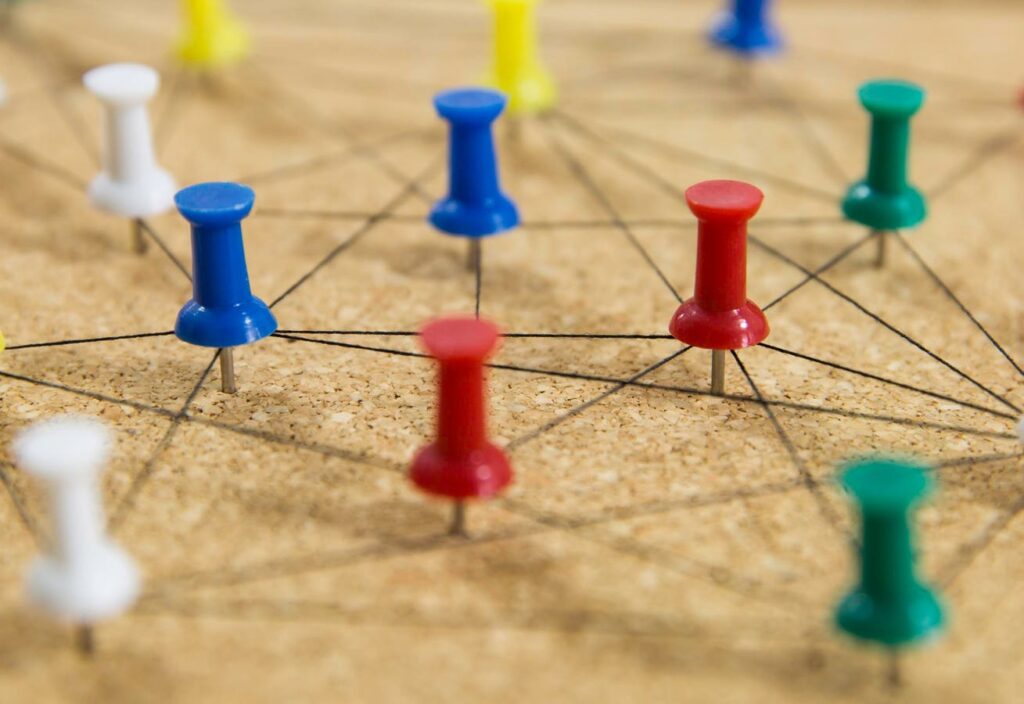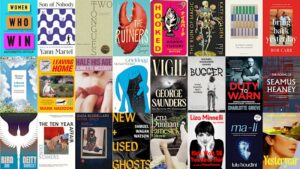
The New York Times’ daily word game, Connections, has become a staple for puzzle enthusiasts worldwide, challenging players to find links between seemingly unrelated words. As of Friday, August 8, the game continues to engage its audience with a fresh set of words and intriguing associations. Each day’s puzzle is released at midnight local time, offering a unique mental exercise to start the day.
Today’s puzzle presents a grid of 16 words, requiring players to categorize them into four groups of four based on their connections. This task demands both creativity and critical thinking, as each puzzle has only one solution. Players can shuffle the words to uncover hidden links and must be cautious of words that might fit into multiple categories.
Understanding the Game Mechanics
Connections is accessible via the New York Times’ website or its Games app, making it a convenient daily challenge. The game is color-coded to indicate difficulty levels: the yellow group is typically the easiest, followed by blue and green, with the purple group often posing the greatest challenge due to its reliance on wordplay.
Players select four words they believe are related and submit their guess. Incorrect guesses result in losing a life, with a total of four mistakes leading to game over. However, the game offers hints, such as indicating when a player is one word away from a correct group, providing a nudge in the right direction.
Today’s Puzzle: Clues and Solutions
For those seeking assistance, today’s hints offer a glimpse into the puzzle’s structure without revealing the complete solution immediately:
- Yellow group — restore parity in a sporting contest
- Green group — hand over, as in a gift
- Blue group — activities to avoid during a tedious meeting or class
- Purple group — words following “MS”
Each group has one word revealed to aid players:
- Yellow group — TIE
- Green group — VEST
- Blue group — SPACE
- Purple group — DEGREE
Exploring the Connections
The puzzle’s answers provide a fascinating insight into the thought process behind the game:
Yellow group — make equal, as a score (DRAW, EVEN, SQUARE, TIE)
Green group — bestow (CONFER, GRANT, PRESENT, VEST)
Blue group — activities during a boring class/meeting (DOODLE, DOZE, PASS NOTES, SPACE)
Purple group — words after “MS” (DEGREE, MARVEL, PAC-MAN, PAINT)
The game encourages players to think outside the box, often leading to amusing realizations. For example, the purple group’s connection involves wordplay with “MS,” leading to combinations like MS PAINT, a nod to the classic Microsoft program.
Community and Engagement
The popularity of Connections is bolstered by a vibrant community of players who share their experiences and strategies. Platforms like Discord provide a space for enthusiasts to discuss the game and offer feedback. This community aspect enhances the enjoyment of the game, allowing players to connect over shared challenges and successes.
For those with an NYT All Access or Games subscription, the Connections archive offers a treasure trove of past puzzles, allowing players to revisit and conquer previous challenges. This feature ensures that the game remains a dynamic and evolving experience.
Conclusion
As the weekend approaches, players are encouraged to engage with Connections not just as a game, but as a mental exercise that sharpens their cognitive skills. With its blend of logic, language, and lateral thinking, Connections continues to captivate and challenge its audience.
For those interested in exploring more about Connections and other NYT games, additional insights and weekend editions are available through newsletters like Pastimes. As always, the game serves as a reminder to enjoy the journey of discovery and problem-solving.






